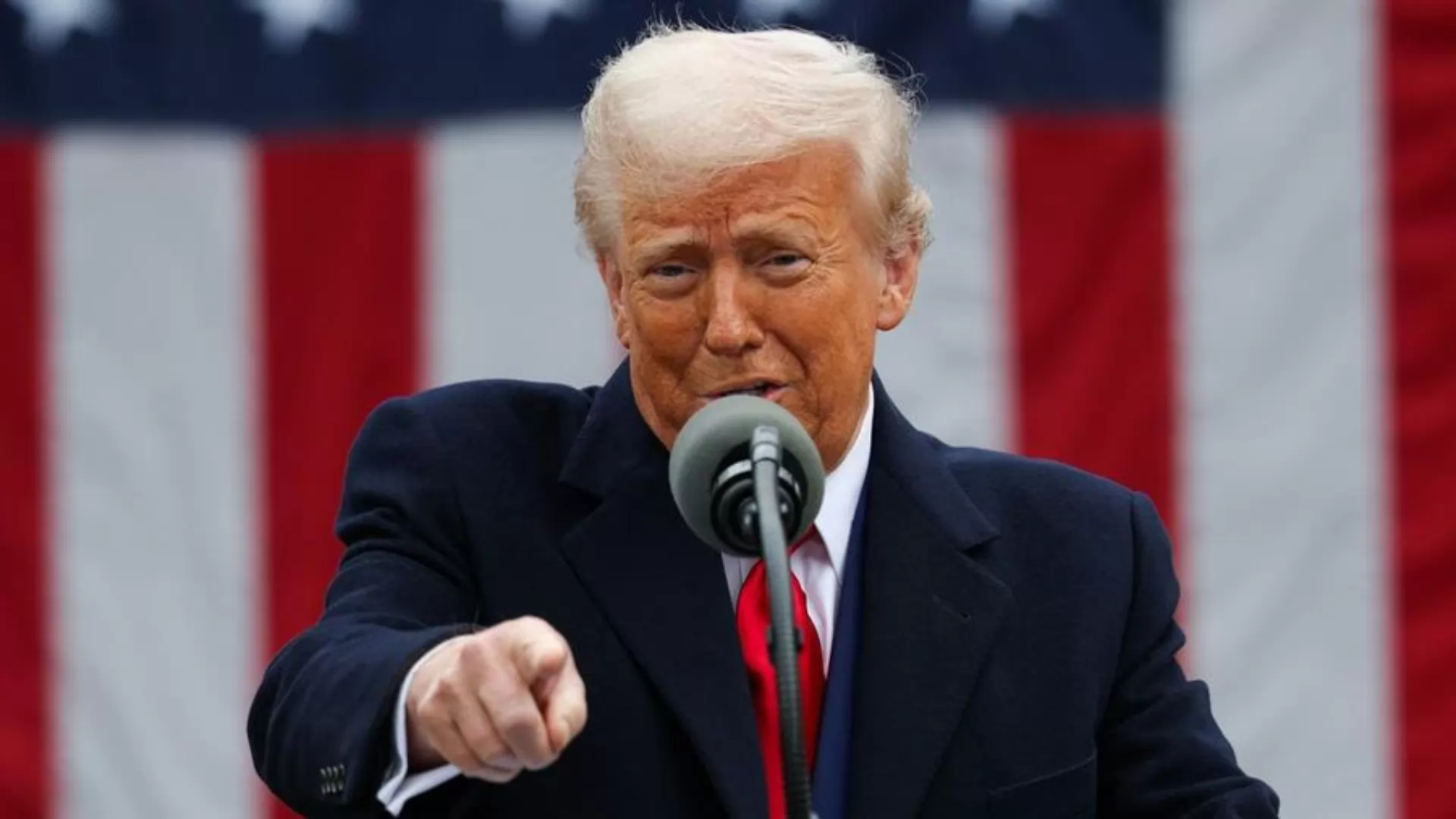
Saham News
Foreign Investors Quietly Buy These 10 Stocks - Check the List!
/index.php
Bisnis | Ekonomi - Posted on 04 July 2025 Reading time 5 minutes

The United States has announced a new trade agreement with Vietnam that significantly reduces import tariffs to 20%—lower than what was previously proposed—as part of an effort to ease tensions ahead of the major tariff policy deadline set for July 9.
President Donald Trump stated on Wednesday (July 2, 2025), local time, that the agreement was reached following direct discussions between him and Vietnam’s top leader, To Lam.
“It is a great honor for me to announce that I’ve just made a trade deal with the Socialist Republic of Vietnam,” Trump wrote on the Truth Social platform.
According to Trump, exports from Vietnam will now be subject to a 20% tariff, a substantial reduction from the 46% rate announced in April. However, goods rerouted from third countries—such as China through Vietnam—will still face a higher tariff of 40%.
Trump also added that Vietnam will import American products duty-free, with a 0% tariff.
Meanwhile, the Vietnamese government confirmed in an official statement that a joint trade framework had been agreed upon with the U.S., although it did not provide specific tariff figures as mentioned by Trump.
The Hanoi administration said it would offer improved market access for American goods, including large-engine vehicles.
The agreement comes just days before the July 9 deadline, when Trump plans to impose increased tariffs on most goods from key U.S. trading partners if bilateral agreements are not finalized. This tariff strategy has become a hallmark of Trump’s often controversial and globally impactful economic policies.
Since Trump imposed tariffs on hundreds of billions of dollars’ worth of Chinese goods during his first term (2017–2021), U.S. trade with Vietnam has seen a dramatic increase.
Data from the U.S. Census Bureau shows that Vietnamese exports to the U.S. nearly tripled—from under $50 billion in 2018 to around $137 billion in 2024. In contrast, U.S. exports to Vietnam only grew by about 30% during the same period.
This growth has largely been driven by American companies seeking alternative supply routes to avoid high tariffs on Chinese-made products. Many firms shifted their final stages of production to Vietnam before shipping to the U.S., a strategy known as transshipment.
“Transshipment is a vague term and often politicized in trade enforcement. How it is defined and implemented will shape the future of U.S.-Vietnam trade relations,” said Dan Martin, a business advisor at Dezan Shira & Associates, as quoted by Reuters.
The deal with Vietnam marks a crucial political win for Trump, who is pushing to finalize trade agreements with over a dozen countries before the new tariff regime comes into effect.
So far, deals with other countries such as the United Kingdom, India, and China have remained limited in scope and have not resolved the core disputes. Talks with Japan have reportedly reached a stalemate.
Negotiations with Indonesia—which is facing a potential 32% tariff—have also yet to yield an agreement.
According to the Center for Strategic and International Studies (CSIS), Trump’s initial plan to impose a 46% tariff sparked concern in Hanoi that Vietnam might lose its competitiveness compared to other ASEAN nations. The move was also seen as potentially damaging to trust and security cooperation between the two countries.
“If Trump proceeds with the 46% tariff, it would significantly harm Vietnam’s competitiveness, especially in Southeast Asia,” said Murray Hiebert, senior fellow at CSIS’s Southeast Asia Program.
“This could erode Vietnam’s confidence in the U.S. and lead them to scale back security collaboration with Washington, especially as China is shifting its strategic focus from Vietnam to the Philippines in the South China Sea.”
Source: cnbcindonesia.com
What do you think about this topic? Tell us what you think. Don't forget to follow Digivestasi's Instagram, TikTok, Youtube accounts to keep you updated with the latest information about economics, finance, digital technology and digital asset investment.
DISCLAIMER
All information contained on our website is summarized from reliable sources and published in good faith and for the purpose of providing general information only. Any action taken by readers on information from this site is their own responsibility.